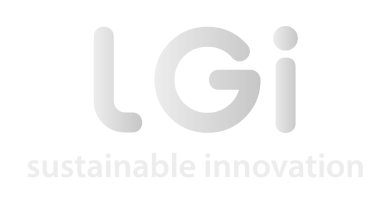
Our short interview with Abderrahim (Abdou) Al Mazouzi, Secretary-General of the Sustainable Nuclear Energy Technology Platform (SNETP) touches upon the impact of innovation within the nuclear sector. Abdou has been an active contributor to the NUGENIA community for several years and now facilitates short-term research and innovation on the SNETP platform.
LGI: It is sometimes alluded that the nuclear sector does not innovate, is this true?
Abdou: Nuclear energy as a sustainable, affordable and safe energy source is unique as it is the only low-carbon source that has been created by humankind for himself. It is thus highly innovative as it relies on the creativity of highly skilled personnel operating it year-round on a 24/7 basis. The innovation is daily and incremental, for this reason, it is not always perceived by the general public. The technicality and complexity of the sector also makes communication around it rather difficult, however the community involved in the sector has always been proactive in demonstrating its professionalism and responsibility to ensure the high and up-to-date safety level of its practices (the nuclear sector has one of the highest safety levels amongst all other industries). The incremental and continuous innovation that the nuclear sector has been experiencing since its creation is tremendous, and this is visible in the design of new systems, instruments, computer simulations, human-machine interfaces, organisations and environments amongst others.
LGI: Could you provide a few examples of innovative features in the nuclear sector?
Abdou: Today, the nuclear sector is facing some new challenges related to the market volatility and investment difficulties, therefore innovative breakthroughs are needed to maintain the competitiveness of nuclear as a sustainable and low-carbon energy source in the future energy mix that contribute to the mitigation of the consequences of ongoing climate changes. In addition to the daily effort to maintain a high level of safety for the operating installations, many innovations are being implemented or under development to facilitate operations, reduce risks and lower costs. We see innovative measures popping up in digital, data science, artificial intelligence, robotics and so on. The nuclear sector is proud to be an important contributor to the transition needed to ensure a zero-emission of green-house gases within next decades.
LGI: In Europe, how is the sector organized to develop and promote innovation?
Abdou: Thanks to the EURATOM treaty which was signed as early as 1957, the sector has been leading in its internal organisation. Within this treaty, the EU has demonstrated its leadership to ensure a high level of transparency regarding safety measures and non-proliferation of nuclear materials, to educate and maintain highly skilled and talented engineers and to encourage research and innovation. Now, due to the multiplication of the challenges that the EU is facing, the nuclear sector, like all others, has to strengthen dialogue and collaboration between its members. Recently, all nuclear stakeholders including industries, research centres, academia, small and medium enterprises and technical support safety organisations have decided to create a new legal association under the auspice of the Sustainable Nuclear Energy Technology Platform (SNETP, created in 2007 by the European Commission). This platform, crucial in the current European and international landscape, has the main goal of fostering collaboration and cooperation within innovative projects in all nuclear systems.
ABOUT SNETP
SNETP set out three major pillars: maintaining the safety and competitiveness of today’s technologies; developing a new generation of more sustainable reactor technologies and developing new applications for nuclear power. It is also leading the long-term establishment of sustainable energy production towards the transition to a low-carbon energy mix.
This Q&A has been edited for length and clarity.
The research in this article was funded by the EU. If you liked this article, please consider sharing it on social media. More on SNETP




FOLLOW US